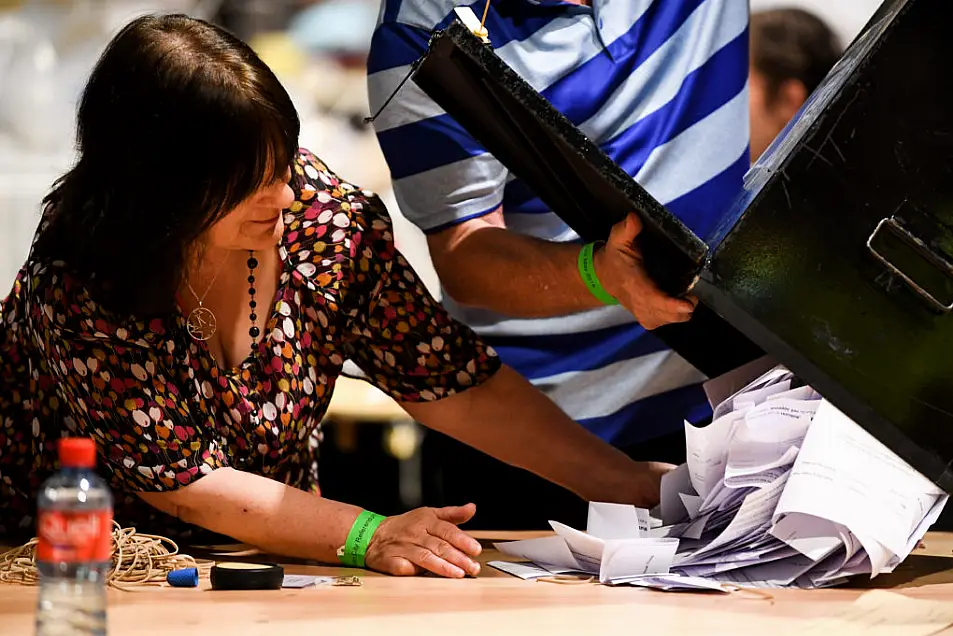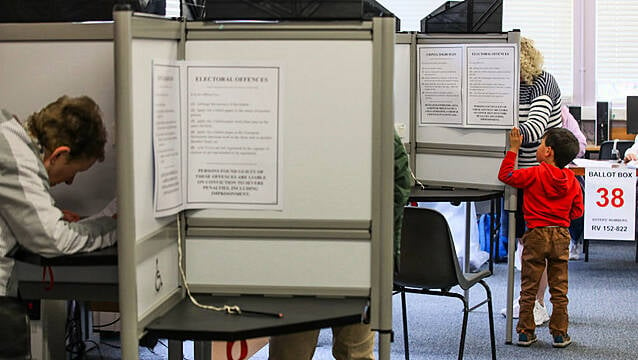After months of speculation, the general election has been confirmed for November 29th.
Here is everything you need to know about how to register to vote, how the voting system works and how ballots are counted.
How do I register to vote?
You can go to checktheregister.ie to register to vote, update your name, or update your address. These steps can all be done fully online.
The last date to register to vote in the general election is Tuesday, November 12th.
The deadline to apply for postal and special votes is Sunday, November 10th.
To vote in a general election, you must be:
- Over 18 years of age;
- An Irish or British citizen;
- Resident in Ireland;
- Listed on the Register of Electors (Electoral Register).
To register to vote online, all you need is your PPS number and Eircode.
How do I vote?
To vote in a general election, you must go to a polling station on the day of the election (polling day). However, there are some people who are eligible to vote by post.
If you are on the Register of Electors, a polling card will be sent to your home before the date of the general election. Your polling card includes your elector number and will tell you where you can vote.
Ireland uses proportional representation for voting in elections, with each voter having a single transferable vote.
This means you can order in preference, marking 1, 2, 3 and so on for your preferred candidates.
It also means voters can choose to vote for as many, or as few candidates as they like, in order of their preference.
The voter’s first preference vote – the candidate they give their number 1 vote to – is most important and is always counted. A voter’s second (and further preferences) may be counted if their preferred candidate is eliminated at the end of a round of counting, or is elected with a surplus.

How does the count work?
When polling is over, all ballot boxes are taken to a central counting place for each constituency. The count starts at 9am on the day after polling day.
Once all the ballot boxes are opened, a reconciliation process takes place in which the number of ballots issued at the polling centre is checked against the number of ballots that were in the ballot boxes. Each ballot paper is checked to ensure that it has been properly completed, and any potential spoilt votes are set aside. The number of ballot papers are counted to determine the total poll, the total number of votes.
The quota is then calculated on the basis of the total valid poll. The quota is the figure that, if reached, guarantees the election of a candidate. It is possible to get elected without reaching the quota, but this can only happen when all other candidates are excluded.
How is the quota calculated?
The quota is calculated by taking the (total number of valid ballot papers) dividing it by (the number of seats to be filled plus one) and then adding one.
So, in a four-seat constituency with a valid poll of 60,000 the quota is as follows: (60,000/4+1) +1 -= 12,001.
The quota is a formula calculated on the basis of the lowest possible number of votes that can be filled by the number of candidates to be elected. In the above example, which is a four-seat constituency, it is only possible for four candidates to reach the quota of 12,001 votes each, as this would only leave 11,996 votes left.
If your first choice candidate reaches or exceeds the quota on the first count, they are elected.
So what is the surplus?
The surplus is the number of votes a candidate has over the quota.
The first count is normally the only time that all of a candidate’s second preference votes are counted. If a candidate is elected at the first count, then all their votes are used to calculate the proportion of surplus that will be given to each candidate.
Where a candidate reaches the quota after the first count, only the ballot papers that brought them over the quota are examined (the votes that were transferred from the previous count).
If two or more candidates are elected at the same time, then the surplus of the candidate with the largest vote is distributed first.
However, a surplus is only distributed if it can achieve one of the following:
- Elect the next highest continuing candidate;
- Bring the lowest continuing candidate level with or above the second lowest continuing candidate;
- Qualify the lowest continuing candidate for recoupment of their election expenses or deposit (if applicable).
The question of whether a surplus is to be distributed is considered after each count on the basis of the surplus(es) then available.
What about eliminating candidates with the lowest votes?
If nobody reaches the quota after a round of counting, then the candidate with the fewest number of votes is eliminated, and all their votes are distributed.

More than one candidate can be eliminated after a round of voting if it is clear that they cannot be elected, and they cannot qualify to have their election expenses repaid.
And then we get a government?
Once all the seats have been filled, the Dáil votes on who will serve as Taoiseach and lead a government. If one party has a majority, or has the support of other parties and/or independents, it will be clear who will lead the country into the new Dáil session.
If there is no clear majority, there may be a period of negotiation, where groups of parties and/or independent TDs try to build a majority.
If there is no clear winner, and TDs are unable to decide who should form a government, the Taoiseach (from the previous government) may have to ask the President to dissolve the Dáil again.







